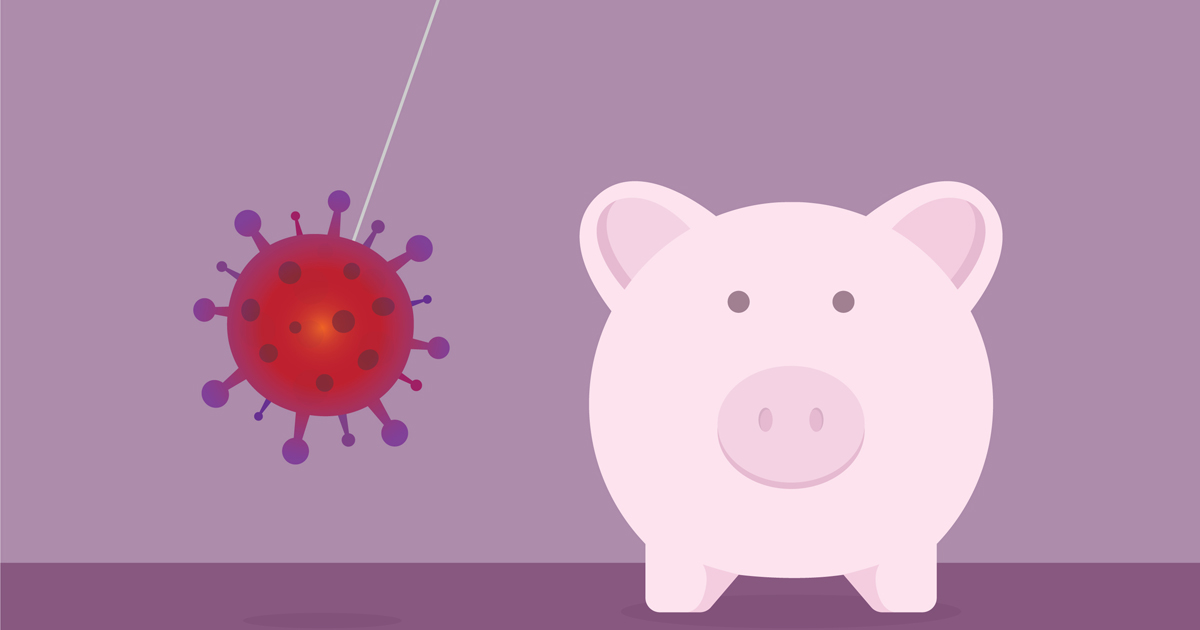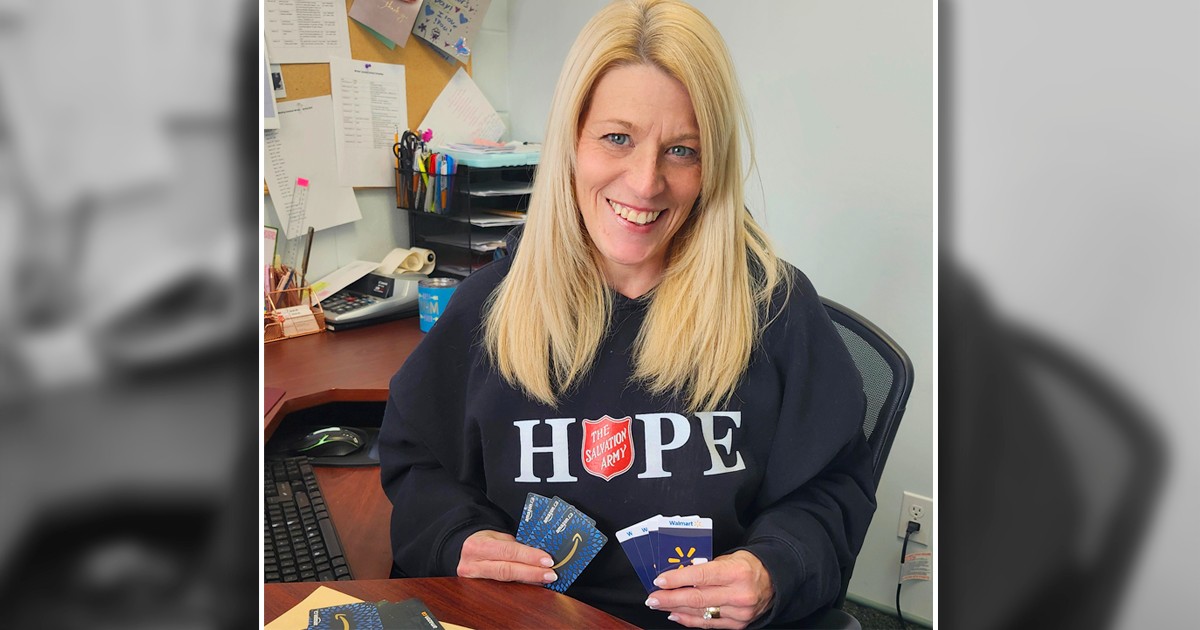It was the best of times, it was the worst of times, it was the age of wisdom, it was the age of foolishness, it was the epoch of belief, it was the epoch of incredulity, it was the season of Light, it was the season of Darkness, it was the spring of hope, it was the winter of despair, we had everything before us, we had nothing before us, we were all going direct to Heaven, we were all going direct the other way. –Charles Dickens, A Tale of Two Cities
Living through a global pandemic in Canada’s most populous city has not been easy. We have lived under some form of lockdown or stay-at-home order for 10 of the last 14 months. I have lamented the fact that I don’t have a backyard, balcony or hiking trail outside my door. My children have adapted to COVID-19 realities by riding their scooters around the dining table in our two-bedroom condo and using our living room furniture to play parkour. I worry that my children have both too much screen time and not enough social interaction as they connect with their friends via Facebook Messenger for Kids or Roblox chat. Our nine-year-old, like many others across the country, has daily meltdowns when it is time to turn off screens for the day. My seven-year-old is occasionally reduced to tears as she worries she will die.
Like many other households, we’ve had best and worst moments, times of hope and times of despair, and moments of incredulity as we’ve done our civic duty while unmasked, anti-lockdown protestors have made their weekly march up Toronto’s Yonge Street. The most recent march is reported to have drawn a crowd of 5,000.
My spouse and I have juggled parenting, working from home and online education nearly 24-7 since the World Health Organization declared COVID-19 a pandemic in March 2020. When my children returned to school last September, my husband noted it was the first time in six months that we could leave the house together as a couple without our children.
But we live a privileged life. We have had steady incomes, a roof over our heads, food on our table and good physical health. Although we have made some sacrifices—foregoing time with friends and extended family to limit the spread of COVID-19—we have been able to shelter in place, having groceries and household supplies delivered to our door as and when needed, doing curbside pickup of pet supplies and even using a mobile app to order takeout pizza on Friday nights. We are a modern digital family that has had ready access to both essential and non-essential household goods throughout the pandemic.
Cashing Out
This is not the reality for all Canadians, especially as we have moved in and out of various states of lockdown and retailers have been limited to online ordering and curbside pickup, or required to reduce the in-store sale of items to the most essential.
Long before COVID-19 crossed our borders, Canada was already one of the most cashless countries. In 2017, the Bank of Canada reported that cash was already on the decline, accounting for only 33 percent of all transactions and 15 percent of the total value of goods and services purchased. By contrast, credit cards made up 39 percent of all retail transactions and 56 percent of the value of goods and services purchased. In 2019, Payments Canada reported that cash accounted for only 18 percent of total transaction volume, while debit, electronic funds transfer and credit card payments accounted for more than 70 percent.
Fast forward to 2020, when public concern about COVID-19 led some retailers to express a preference for contactless payments in-store, and public health measures led to increased online purchases and curbside pickup.
To those of us who have mobile phones with digital payment apps, or debit and credit cards, going cashless and contactless is at worst an adjustment and at best a new form of middle-class luxury. After all, who needs to line up outside the grocery store when you can order your groceries online and have them delivered to your door?
But these luxuries are not present for all Canadians, and pandemic measures and trends have arguably widened rather than narrowed the gap between those of us who, to use Dickens’ words, “have everything before us” and those of us who do not. For those who are unbanked, underbanked or live on limited incomes and rely on cash, the shift toward cashless payments and online purchases can mean the difference between readily accessing and living without essential items.
Spare Change
As the Bank of Canada’s 2017 survey revealed, consumers had distinct preferences based on the dollar value of the transaction. For purchases under $15, cash was the preferred method of payment. Debit cards were the preferred method of payment for purchases between $15 and $50, and credit cards were the preferred choice for purchases over $50. For some, cash and debit are not mere preferences. They are necessities. ACORN Canada, an advocacy group consisting of low- and middle-income Canadians, estimates that nearly one million Canadians are unbanked—with no access to a bank account, debit or credit card—and an additional five million have a bank account, but do not have access to credit.
As I encounter people in my urban core neighbourhood asking if passersby can spare some change, many of us increasingly say we are not carrying cash. What will that mean for those who rely on the kindness of strangers to buy a coffee or a meal or, in the case of one man who approached me last fall, an umbrella? One of the regulars in my neighbourhood recently told me that if I wanted to help him out, I could buy gift cards at Tim Hortons using Apple Wallet. I admired his ingenuity.
A childhood friend who lives on a limited and fixed income is unable to buy new clothing. She typically looks for bargains at her local thrift store but hasn’t been able to do so because thrift stores are closed. So she put out a call to friends on social media to donate any summer clothes they can spare.
The Toronto Star recently reported that with thrift stores closed as non-essential and restrictions on in-store sales for essential retailers, newcomers to Canada and people transitioning from emergency shelters to permanent housing are unable to purchase linens, kitchenware and furniture for their homes. While online shopping provides access to many of those items, those with limited incomes or no credit history might not have a credit card to make the purchase, let alone be able to afford to buy new. Toronto’s Furniture Bank has remained open throughout the pandemic as an essential service, however, they recently announced that with the City of Toronto’s accelerated efforts to move 451 people quickly out of shelters and into permanent affordable housing, their focus for 2021 will be on furnishing those homes.
These individuals and households had limited options pre-pandemic and those options were further limited during the pandemic. Meanwhile, households like mine have access to online options, with either curbside pickup or home delivery. I can’t help but note that Amazon has recently been ordered to partially close three of its fulfilment centres in Peel Region after employees tested positive for COVID-19.
What’s Essential?
So what does this all mean? A gradual easing of public health measures will mean that as more people are out and about, the guys in my neighbourhood might find a few more people who can spare some change—or buy a Tim Hortons gift card. Cash-based and affordable in-store options will become available once again. And Amazon has paused its Prime Day this year to protect the health and safety of its employees.
As we return to a “new normal,” retailers, employers, financial institutions and politicians will have to consider how to ensure people at all income levels can access the things they genuinely need when they need them. Unequal access to essential items existed pre-pandemic, and it has been exacerbated during and by the pandemic. My hope is that, as these inequalities come to light, we will find creative, innovative and holistic ways to address them moving forward, and to achieve greater financial and social inclusion.
As for me and my house, we will think twice before clicking “add to cart” out of solidarity with those who must go without while in-store options are limited, or who must go to work so I can have non-essential items delivered to my home. We will share with family members, friends, neighbours and strangers who are struggling to buy food or clothing, or even to pay rent. I will encourage my children to part with their toys once they’ve outgrown them, offering them up freely to families who might otherwise go without. And I will use whatever voice I have to increase awareness of the disparities that exist, even as I acknowledge the inherent complexity in reducing them.
Dani Shaw is the director of public affairs in the Canada and Bermuda Territory.
Illustration: tommy/DigitalVision Vectors via Getty Images










Comment
On Monday, May 31, 2021, Heather Allington said:
Leave a Comment